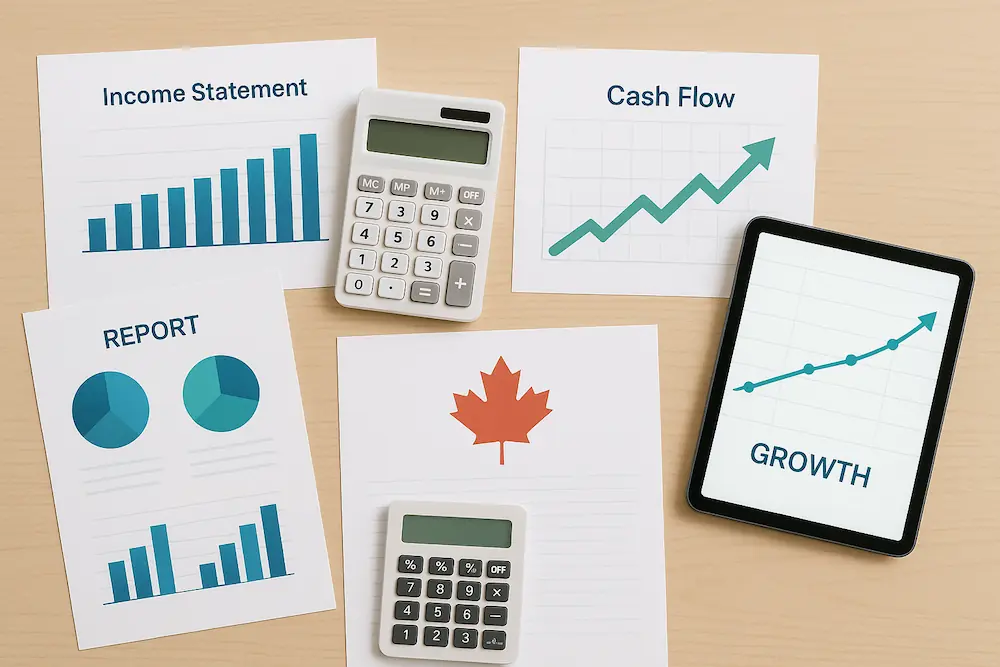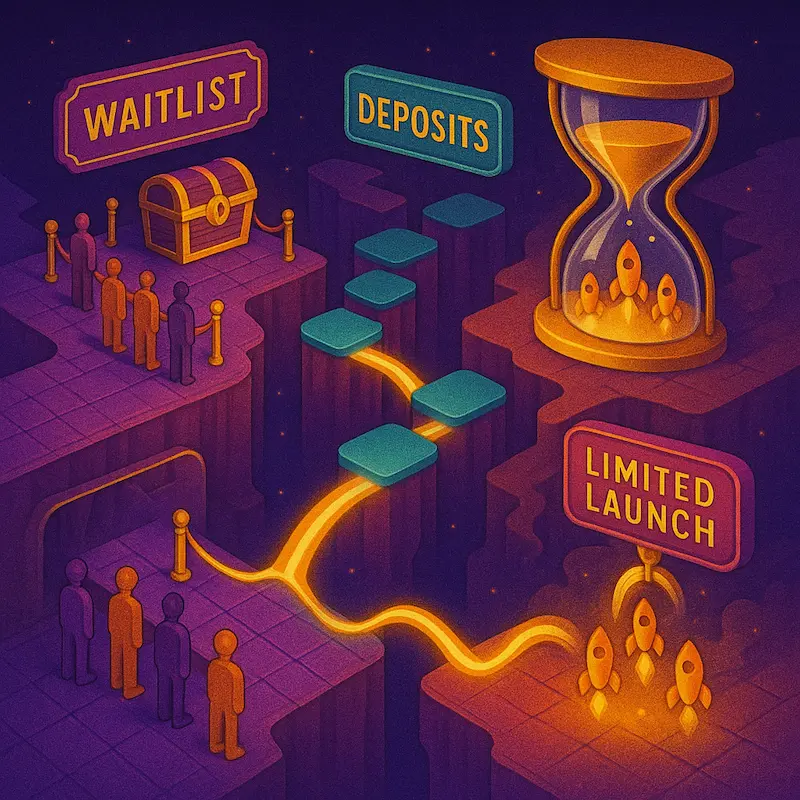Table of Contents
Why Pre-Sales Beat Predictions💬
In the early stages of a startup, it's tempting to rely on predictions, research reports, and encouraging conversations to judge whether an idea will work. But until a potential customer has put down money, all of that remains hypothetical.
Pre-sales push your idea into the realm of reality. They create a clear moment of truth: will someone pay for this before it exists in its final form? This decision represents more than curiosity; it shows demand, trust, and perceived value.
Even a small number of pre-sales is significant. They're proof that your problem statement resonates, your positioning works, and your target audience believes in your ability to deliver. They also shift your perspective as a founder. Once people have paid, you're no longer building in isolation; you're creating product for committed customers with clear expectations.

Methods That Work: Waitlists, Deposits, and Limited Launches (Beta testing)🔓
At EIM, we believe that the way you design a pre-sale should reflect your product, your audience, and your stage of development. We guide founders through three widely used approaches that can help generate meaningful validation data before building.
A paid waitlist works well when scarcity is part of the appeal. It shows potential buyers that interest is high and that acting early matters. Customers feel they're joining an exclusive group, which can invest in emotional investment.
Deposits or retainers can be quite powerful for services, physical goods, or custom offerings. They provide early cash flow while allowing you to confirm demand before committing to full-scale delivery. This approach requires robust financial statements to track pre-revenue and maintain a clear picture of earned vs. non-earned revenue.
Limited launches (Beta testing) are like live rehearsals. You deliver to a small, manageable group, test your operations, and collect feedback before opening the doors to everyone. This method lets you refine the product, the onboarding process, and even your pricing before committing to large-scale rollouts.
Regardless of the format, the core principle remains the same: secure a financial commitment. That's what turns an abstract "yes" into proof of concept that you can build on.

Talking Price Early: The Right Way to Test Willingness to Pay 💸
At EIM, we emphasise that discussing and testing pricing during pre-sales helps founders launch with confidence. Early pricing conversations give you valuable feedback, reveal how your audience perceives value, and help you fine-tune your offer so it’s ready for a successful launch.
When you include pricing strategy as a part of your pre-sale campaign, you're not just testing the product; you're testing the value offering. You can use early-bird rates, founding member discounts, or tiered pricing to see how the audience will respond. The goal isn't to finalise your pricing forever, but to observe behaviour and understand the boundaries of commitments.
Introducing the price early also changes the quality of feedback you receive. People looking at a free offer will comment differently from those considering paying. Questions become sharper, objections more specific, and interest more realistic.
The information you gain during this stage is invaluable. You may discover that your audience is willing to pay more than expected, which can influence your positioning and margin structure. This pricing validation component integrates seamlessly with EIM's Complete Financial Validation System, where proper accounting solutions for startups become crucial to understanding these early revenue experiments.

Common Pitfalls: When "Interest" Doesn't Mean Revenue 🚫
One common pitfall in pre-selling is stopping at expressed interest instead of seeking confirmed commitments. A waitlist with hundreds of names is a great start, but the most reliable signal comes when potential buyers take the next step and make a payment. That’s when you can confirm demand and set the stage for a confident launch. Even the small amounts matter.
Another pitfall is failing to set clear expectations. Customers should know exactly what they're paying for, when they'll receive it, and what happens if timelines change. Pre-sales rely heavily on trust. If you're vague or inconsistent in your communication, you undermine that trust before you even deliver.
Deep discounts can also create long-term challenges. While early pricing incentives can motivate buyers, they should be used strategically. If your pre-sale price is far below your intended retail price, you may find it difficult to raise prices later without pushback. Instead of heavy discounts, consider adding extra value for early adopters, exclusive features, extended service periods, or personalised support.
Lastly, overpromising is a risk. Committing to features or delivery schedules you cannot realistically meet can damage your reputation before your business has a chance to grow. This is where having proper bookkeeping services becomes essential to track commitments and ensure you can deliver on promises. Pre-sales work best when they're ambitious but grounded in what you can provide with confidence.
Natasha Galitsyna
Co-Founder & Creator of Possibilities @ EIM
Serving the startup community since 2018
EIM "EIM Services" has partnered with multiple Canadian and International startups to deliver scalable, cost-effective, and solid solutions. Our expertise spans pre-seed to Series B companies, delivering automated financial systems that reduce financial overhead by an average of 50% while ensuring investor-grade reporting at a fraction of the cost of an in-house team. We've helped startups save thousands through strategic financial positioning and compliance excellence.


.webp)
.webp)